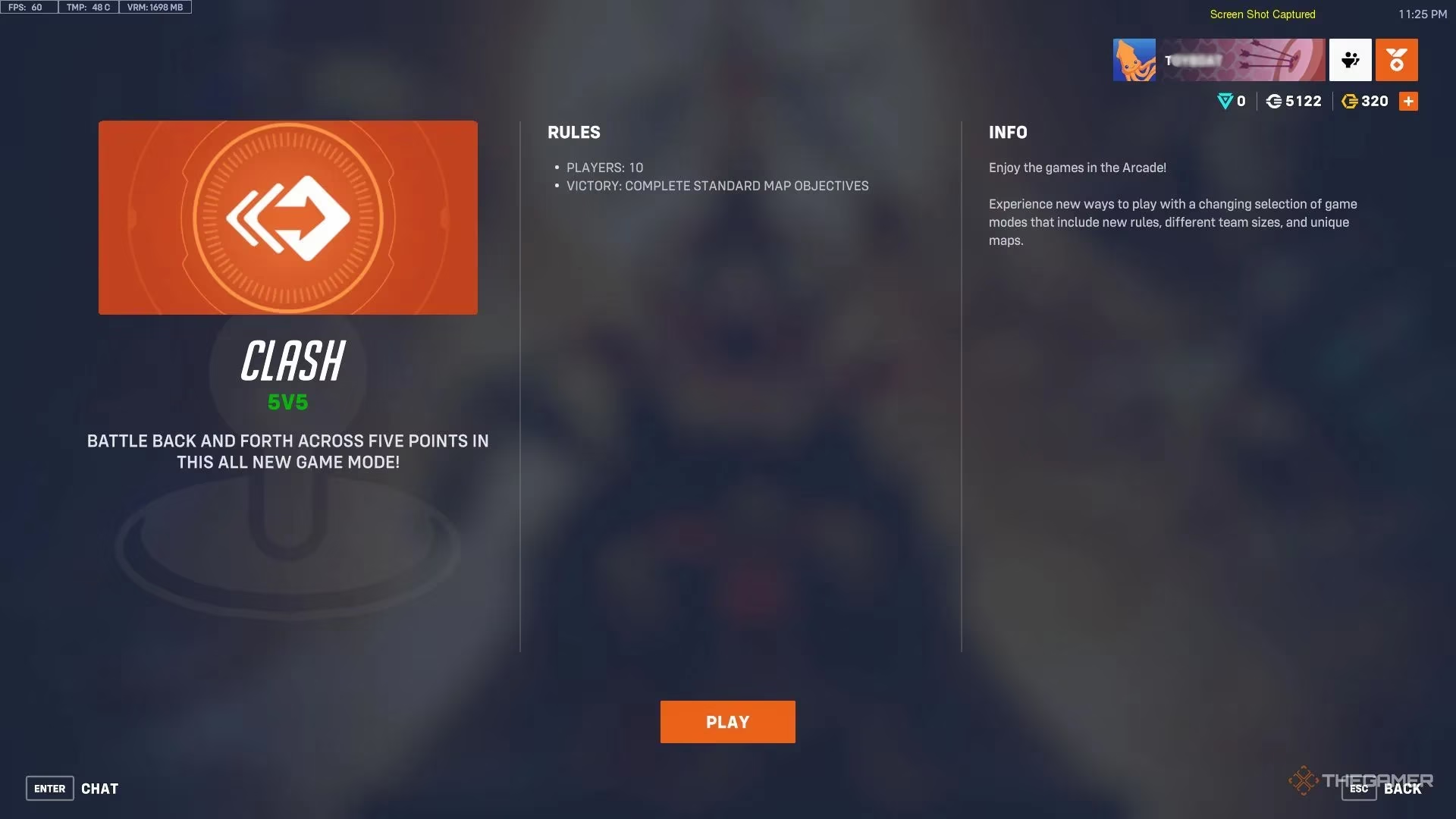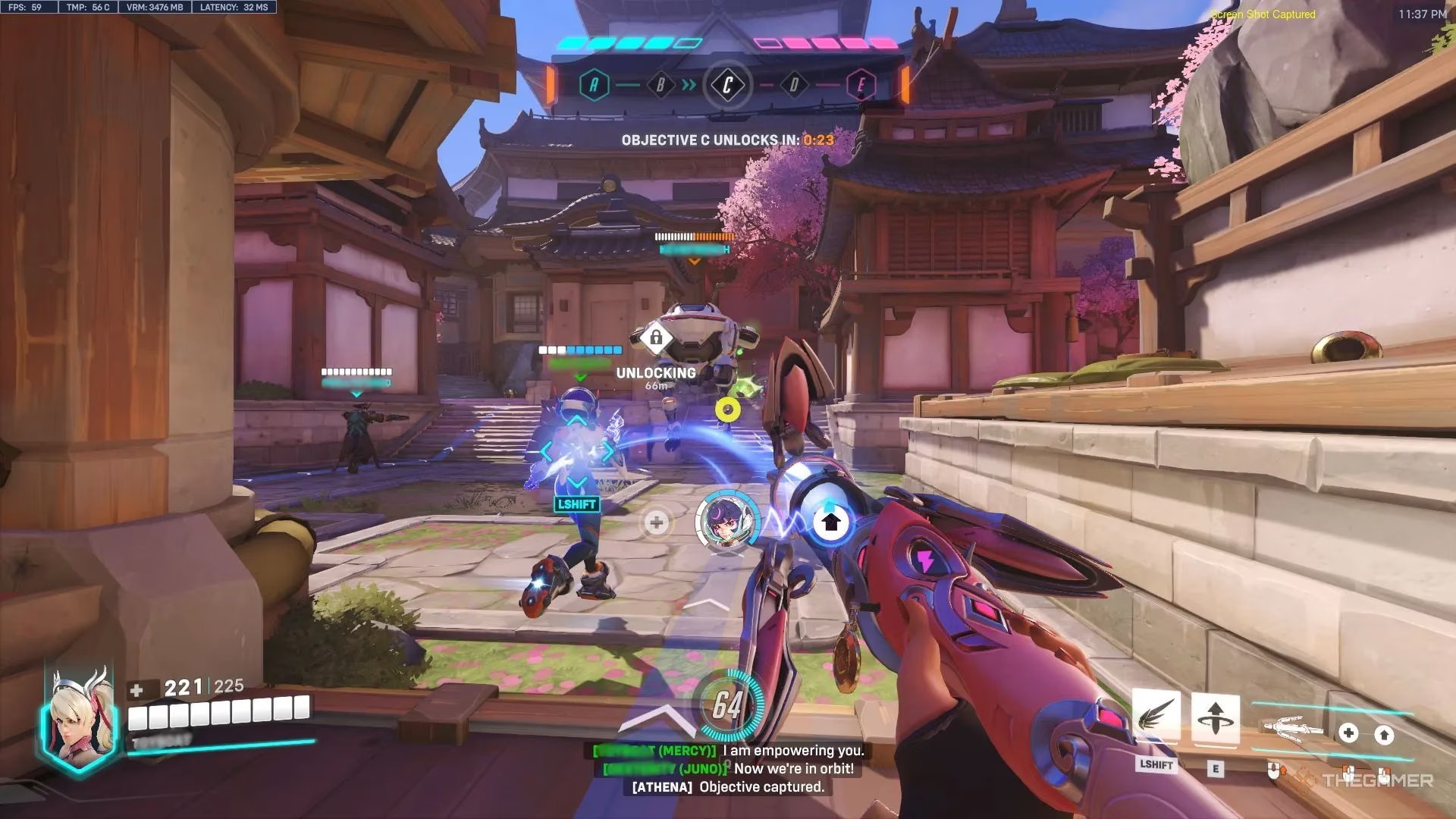Since its debut in Season 12 of Overwatch 2, the Clash game mode has revolutionized team-based battles with its intense objective-focused gameplay. Set across mirrored maps like Hanaoka and Throne of Anubis, this 5v5 Arcade showdown demands razor-sharp coordination unlike any other mode. Players quickly discover that brute force alone won't secure victory here—capturing the linear sequence of objectives requires strategic depth and constant adaptation. By 2025, Clash has evolved into a community favorite precisely because it rewards brains over brawn, transforming chaotic skirmishes into chess-like tactical engagements. Ever wondered why some teams dominate while others crumble despite having similar skill levels? The answer lies in understanding Clash's unique rhythm and pressure points, where every decision echoes across the battlefield.
🔥 The Core Mechanics of Clash

At its heart, Clash is a territorial tug-of-war where two teams battle across five sequential objectives labeled A through E. Matches ignite at Objective C—the central control point—with both squads scrambling for initial dominance. Capturing any objective grants 1 point while simultaneously unlocking the next point toward the enemy's spawn zone. But here's the twist: Objective E splits into three mini-sections, each worth an extra point upon capture! Victory goes to whichever team first hits 5 total points, creating nail-biting finishes where teams defend segment leads like gladiators guarding their last stronghold.
Key features that define Clash:
-
Mirrored map design ensuring absolute fairness
-
Linear objective progression (A→B→C→D→E)
-
Momentum-based unlocks (capturing C activates D for the winning team)
-
Three-stage final objective turning E into a multi-phase showdown
🧠 Top Strategies for Dominating Clash

Winning consistently in Clash hinges on psychological tempo control more than mechanical skill. Successful teams treat objectives like dominoes—focusing not just on taking points but disrupting enemy momentum. The golden rule? Never chase lost objectives blindly. If opponents capture B, smart squads immediately regroup near C to set defensive traps instead of fruitlessly contesting. At Objective E's segmented finale, assigning roles becomes critical: tanks hold captured sections while flankers harass enemies trying to retake territory. Remember, Clash isn't about constant aggression—it's about strategic retreats that bait opponents into overextending.
Pro tactics to implement immediately:
-
Control the choke: Use natural bottlenecks between objectives for ambushes
-
Ultimate economy: Coordinate ults specifically for segment flips at Objective E
-
Stagger respawns: Time pushes so enemies return to battle piecemeal
-
Backline sabotage: Send one flanker to harass enemy supports during critical captures
❓ People Also Ask
| Question | Answer |
|---|---|
| Why does Objective E have three segments? | It prevents steamroll victories—forcing teams to earn the final point through sustained pressure rather than one lucky team wipe. |
| Which heroes excel in Clash? | Area-denial tanks (Sigma/Orisa), mobile DPS (Tracer/Genji), and burst healers (Baptiste/Kiriko) dominate by controlling chokes and quickly flipping points. |
| Can you win after losing the first three objectives? | Absolutely! Many comebacks happen when teams sacrifice early points to conserve ultimates for Objectives D and E. |
| How does spawn advantage work? | Capturing objectives moves your spawn forward while pushing enemies farther back—making regrouping progressively harder for losing teams. |
🔭 The Future of Clash: A Personal Vision
Looking toward 2026 and beyond, one can't help but dream about Clash's untapped potential. Imagine dynamic maps where environmental hazards activate after capturing objectives, or seasonal modifiers that introduce hero-restriction phases during Objective E captures. Personally, I'm crossing my fingers for a "Clash Royale" tournament series where pro teams battle with drafted hero pools, transforming this already brilliant mode into Overwatch's equivalent of esports chess. After all, if a mode this strategically dense emerged in just one season, what revolutionary twists might Blizzard conjure next?
Clash fundamentally succeeds because it makes every role feel impactful—supports enable objective flips, tanks dictate engagement zones, and DPS create pivotal momentum shifts. In an era where shooters often prioritize individual highlights, this mode remains a shining example of how collective intelligence triumphs over solo carry attempts. So next time you queue for Clash, ask yourself: Are you playing to frag out... or playing to strategically outmaneuver? The answer might just transform you from a participant into a champion.
